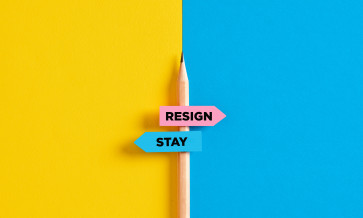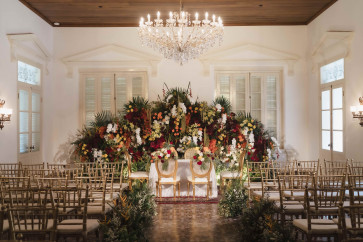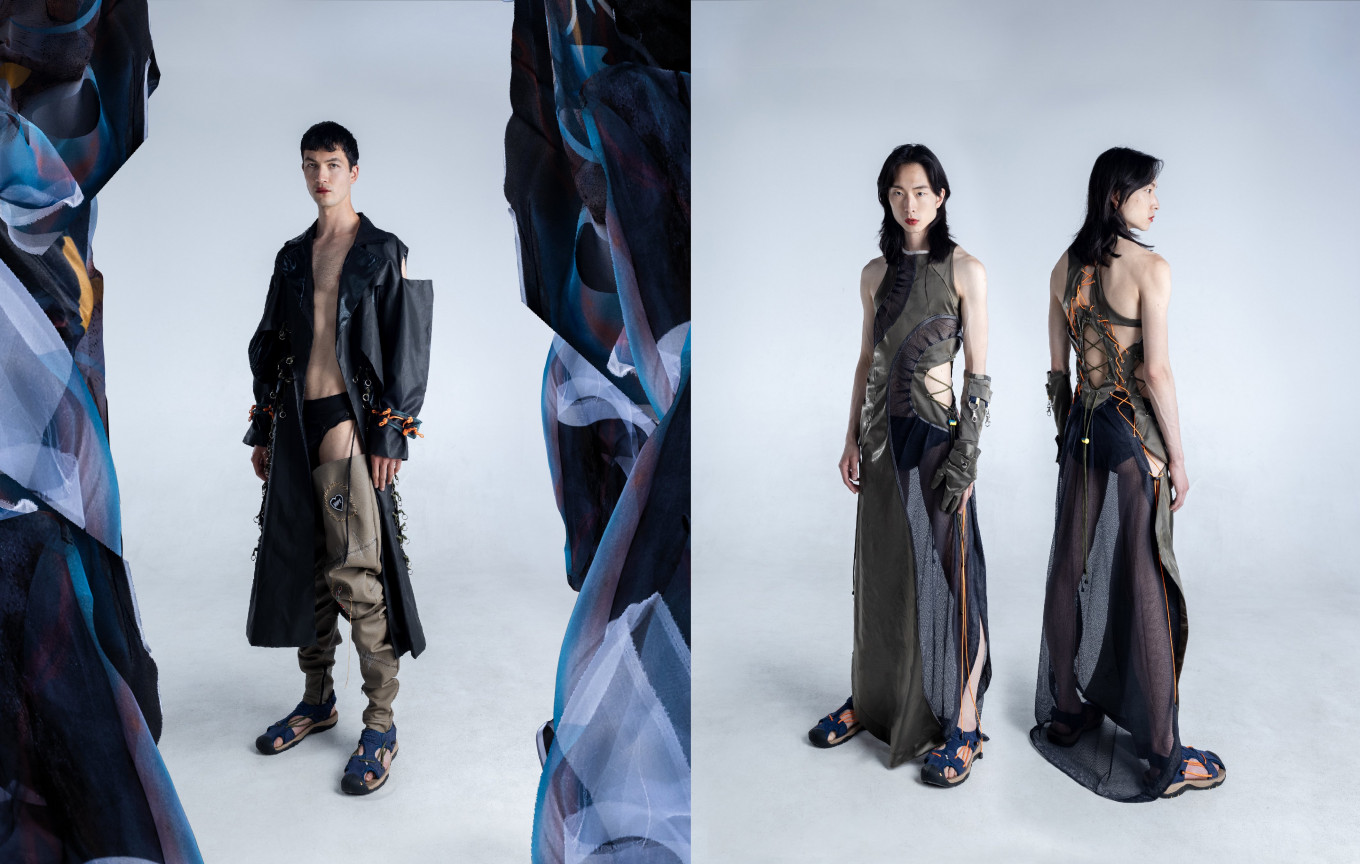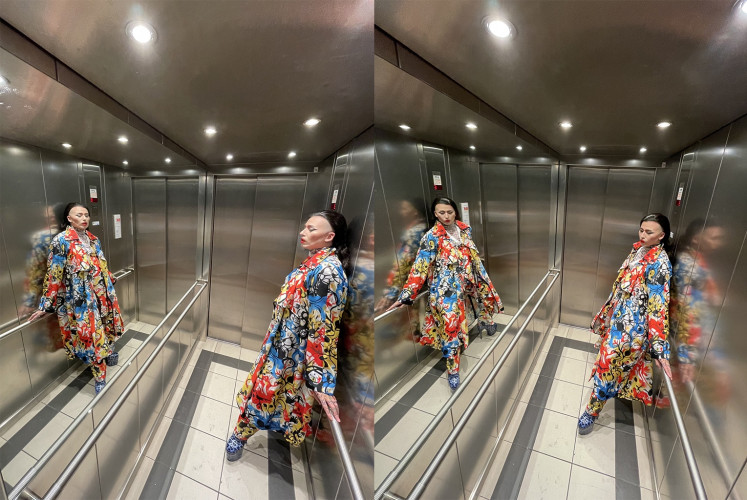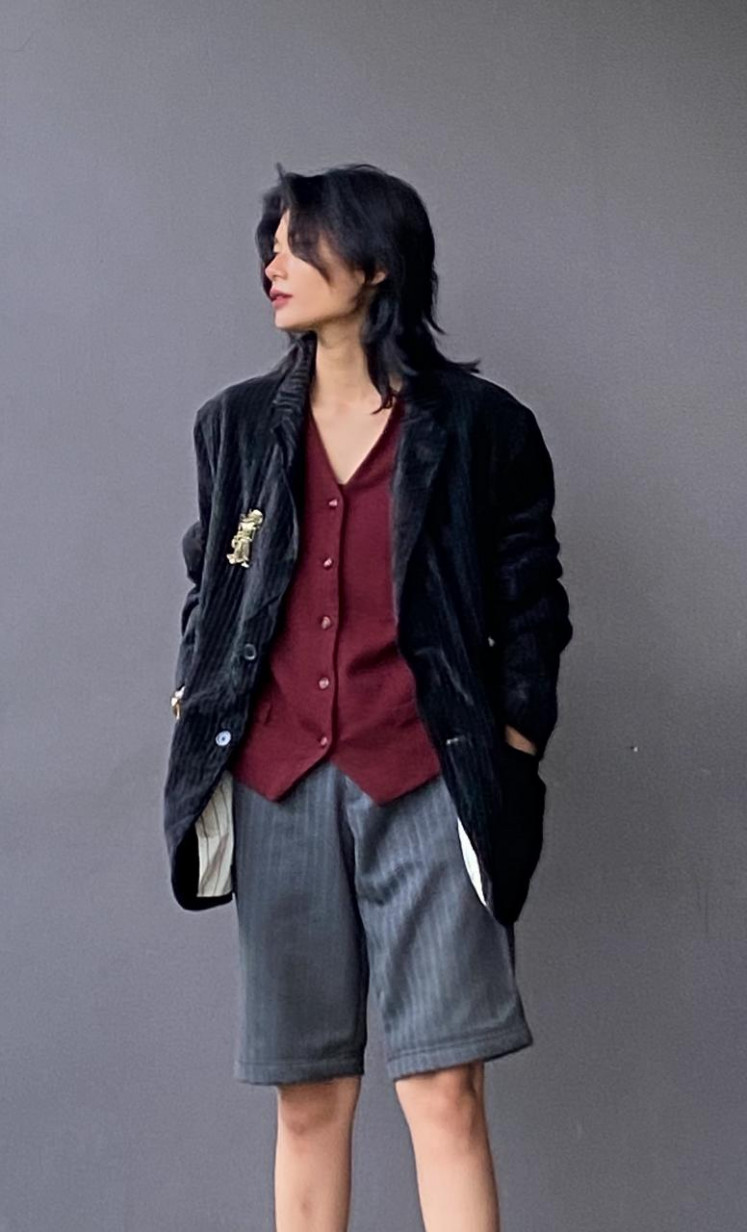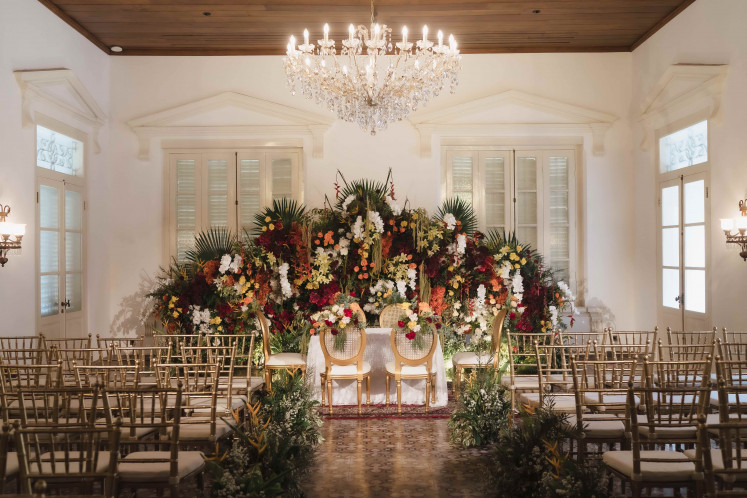I knew how I wanted to dress at age four. I wore cargo shorts and sneered at dresses.
I also found out early what that meant. “What do you know about girly things?” a classmate in kindergarten asked, barring me from playing with the other girls.
Apparently, I wasn’t supposed to dress that way. But when I forced myself to fit in, feminine clothes restricted my soul like an iron maiden.
Trying to be true to oneself beyond the limits of gender norms is not easy. Those who dare to dress differently often face judgment, inequality and even harassment.
But I believe dressing against gender norms should be for everyone who wants it, whether they’re gay or straight, cisgender (identifying as one’s birth gender) or transgender.
While it’s understandable that people fear dressing against gender norms, experimenting with it is helpful for self-discovery because it can introduce you to parts of yourself you never knew existed. Your style should feel like a welcoming home.

Thank you!
For signing up to our newsletter.
Please check your email for your newsletter subscription.
Gender nonconformity lets you break down walls to build a bigger, more comfortable house, regardless of what you identify as.
Dressing against the grain
When someone presents themself differently from what society expects of their perceived gender, they are called gender nonconforming or GNC.
If our gender is a performance, as feminist Judith Butler puts it, then gender nonconformists are actors who swap around their scripts and create characters that don’t fit the typical plot. The audience typically responds with confusion, judgment and frustration
But GNC fashion, and hostility against it, isn’t new; men and women have been wearing each other’s clothes for centuries.
(Don Aretino)
In Elizabethan-era Europe, upper-class men wore items traditionally associated with women, like clothes and jewelry, and even primped their hair. This was met by ridicule from vocal writers and outright condemnation from religious figures, according to historian Kit Heyam’s book, Before We Were Trans: A New History of Gender.
Gender nonconformity has also been part of Indonesian traditions.
“We often forget that Indonesia already has traditions that embrace fluidity, for example, the regional dance where men historically perform in women's attire, like tari lengger lanang or ludruk,” says Don Aretino, an Indonesian fashion designer based in Berlin.
“This practice is never seen as deviant; it’s just respected as a cultural expression. To me, that really proves that gender nonconformity isn't foreign to us all at all. It is part of our heritage.”
“Our traditional dresses have always included garments that blur gender, like sarongs, the elements in kebaya, the accessories, the headpieces, they’re all worn regardless of what the gender of the person is,” he added.
So why have people all over the world, from different eras and different cultures, all had the urge to go beyond gender norms?
There’s no single answer. It can be to fulfill their gender expression, for sexual reasons or even economic motivations, writes Heyam. The motivation varies by individual.
In my case, gender nonconformity fits like a second skin, conditioning me to feel the joy of masculinity and femininity without boundaries. As a nonbinary person, GNC fashion gives me confidence and alleviates the discomfort I get when dressing purely feminine.
And GNC fashion isn’t only for transgender and nonbinary people. Even cisgender people, like 21-year-old JJ who prefers androgynous wear, can feel suffocated by gender norms too.
“When I try to achieve a certain level of femininity, I know it doesn’t feel right with me; I feel it in my gut that I’m uncomfortable. The same goes for dressing very masculine. So, I tried to balance them out and it just felt right,” JJ says.
Learning to compromise
Defying the norms, though, comes with consequences. At best, GNC people have had to face silent stares. At worst, they can face hurdles that hinder advancements in life.
While some workplaces are lenient with dress codes, as I’ve been lucky to experience, others require a stricter degree of performance, as in the case of JJ’s client-facing role.
“The way I behave is not very feminine, but the field of work that I want to be in wants me to embody the womanhood that society expects and I personally feel uncomfortable with that. But I still have to fit in,” she recounts.
To compromise, JJ decides to always wear at least one item that feels “like her” to counter the normative outfit she’s expected to put on.
(JJ)
Even at home, GNC people don’t always feel safer. Sam (not their real name), who identifies themselves as nonbinary, has been judged by their relatives for dressing femininely. The fear stayed with them.
“Sometimes, my fear of being persecuted is quite high, so I just try to dress quite masculine. But sometimes, I want to be feminine and disregard that fear,” Sam says of their style decisions.
When going out, Sam’s choice of clothes is based on the destination and how safe it would be for them. For example, they feel safer dressing liberally in Japan where they’re currently living, especially in big cities and events like Pride. Not so in Indonesia. If they dress femininely, they keep their anonymity by wearing masks.
“In a utopian world where there’s no judgment about what gender can wear what, then I can simply not wear some clothes because they don't fit my style, instead of how they can get me beat up,” Sam ruminates.
This negotiating with norms is the reality for many GNC people, whether it’s to get the job they want, the approval of their loved ones, or to simply live peacefully. While safety is a priority, the contrived nature of their performance can creep up on them.
As JJ’s says, “If you walk out of your house as ‘someone else’, you might stay that way longer than you thought, until you become unrecognizable to yourself.”
For us, no matter who we are
While those who dress nonconformingly often face discrimination from conservative voices, pushback can also come from an atypical source.
Cisgender heterosexual people who don GNC looks tend to get criticized for “queerbaiting”, acting in ways typically associated as queer without disclosing their identities. Originally used as a term to call out media and entertainers who profit from queerness while keeping deniability and the community at arm’s length, the term has been increasingly used to complain about regular cisgender heterosexual people “dressing gay”.
Interestingly, some of the criticism doesn’t come from traditional conservatives, but from within the queer community itself. Even people who benefit from GNC fashion sometimes push back when others, especially straight or cisgender individuals, explore it. But this kind of gatekeeping can be counterproductive. The more people feel free to dress outside the binary, the more normalized and less stigmatized those choices become.
“When someone wears something outside of the expected gender box, it immediately challenges the idea that clothes should be limited to one group or another,” Don says.
“For example, I remember the first time I saw a man confidently wearing a sarong on TV; it wasn't framed as traditional or ceremonial, just part of his everyday style. That simple thought felt radical because it reminded me that clothes can cross boundaries so easily if we let them.”
Believing that everyone of any gender identity and sexual orientation should be more open to experimenting with GNC styles, Don adds, “Liberating clothing benefits everyone.”
“When cisgender people go beyond the binary, it helps to destigmatize the visual codes that queer and trans people have carried and been bullied for decades.”
(Don Aretino/Anika Zachow)
GNC fashion shouldn’t be an opportunity to create more pockets of “us-vs-them”; it should be an invitation for everyone to experiment and be more comfortable in their own skin. So, if wearing a skirt gives liberation, or just a much-needed breeze in this hot Indonesian weather, for a cisgender heterosexual man, then why deprive him of that?
Ultimately, diversity of self-expression should be met with open arms and a heart full of empathy. Not everyone follows or gets GNC fashion, but extending understanding to those who do and letting them be themselves is enough.
As for me, I’ll wear my masculinity with pride, so tomboy girls could see that not outgrowing that boyish phase is an option, just as being feminine is.
Siti Syafania Kose is an intern for The Jakarta Post’s Creative Desk. They read tarot with a collection of decks that they suspect have personalities of their own.









